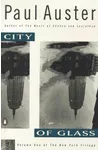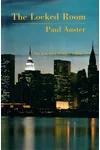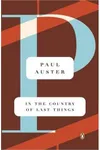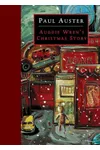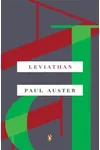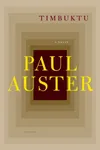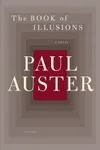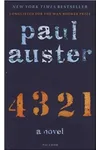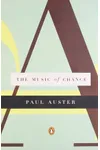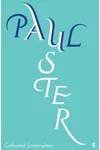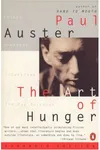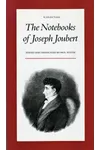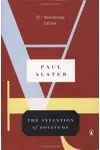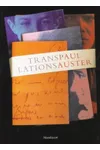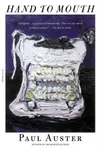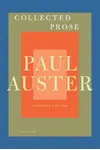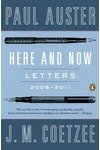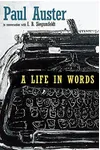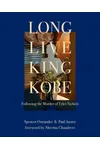Picture an American storyteller who turned New York City into a labyrinth of mystery and meaning—meet Paul Auster! Born in 1947, Auster crafted novels that blend existential musings with detective-like intrigue, earning him a global following. His New York Trilogy redefined postmodern fiction, inviting readers to ponder identity, chance, and reality itself.
With a career spanning novels, memoirs, and poetry, Auster’s works, translated into over 40 languages, captivate with their cerebral yet accessible charm. Ready to step into his world? Let’s explore the life and legacy of this literary icon.
The Making of Paul Auster
Paul Auster was born in Newark, New Jersey, to Jewish-Polish immigrant parents. A bookish child, he devoured literature, influenced by Kafka, Beckett, and American noir. After studying at Columbia University, Auster lived in France, translating poetry and scraping by as a writer. His early works, including poetry and essays, laid the groundwork for his distinctive voice—introspective, fragmented, and philosophical.
His breakthrough came in the 1980s when financial struggles and a failed marriage pushed him to write fiction. This pivot birthed City of Glass, the first of his seminal New York Trilogy, marking his rise as a literary star.
Paul Auster’s Unforgettable Stories
Auster’s New York Trilogy (1985–1986) is his crown jewel—a trio of interconnected novels (City of Glass, Ghosts, and The Locked Room) that twist detective fiction into metaphysical puzzles. Characters chase elusive truths through New York’s gritty streets, blurring the lines between author, detective, and subject.
Other standout works include Moon Palace (1989), a sprawling tale of self-discovery, and The Book of Illusions (2002), which weaves silent film and loss into a haunting narrative. Auster’s style—marked by spare prose, metafictional play, and existential themes—makes every story a journey into the human psyche.
His memoirs, like The Invention of Solitude (1982), reveal a personal side, exploring fatherhood and grief. Whether in novels or nonfiction, Auster’s work asks: What shapes who we are? His answers, often elusive, keep readers hooked.
Why Paul Auster Matters
Paul Auster’s influence stretches across postmodern and contemporary literature. His genre-bending novels inspired writers like Jonathan Lethem and filmmakers like Wayne Wang, who adapted Auster’s Smoke (1995). Fans adore his ability to make philosophical questions feel intimate, transforming abstract ideas into relatable stories.
Globally celebrated, Auster received honors like France’s Prix Medicis and Spain’s Prince of Asturias Award. His death in 2024 at age 77 left a void, but his books remain timeless, inviting new readers to unravel their mysteries.
About Paul Auster
- Born: February 3, 1947, Newark, New Jersey
- Key Works: New York Trilogy, Moon Palace, The Book of Illusions
- Awards: Prix Medicis (1996), Prince of Asturias Award (2006)
- Died: April 30, 2024
Curious about Auster’s mind-bending tales? Grab New York Trilogy and dive into his world of mystery and meaning!
